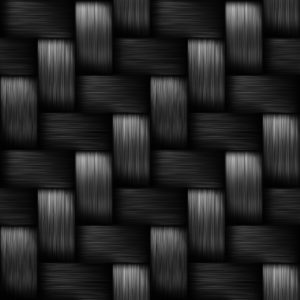Carbon fiber is used in a variety of industries for a variety of purposes. The durability and strength of the ultra-light filaments makes their use in automobiles, military equipment, and even household goods and electronics extremely popular. But just how did we get from the elusive and expensive carbon fiber of the 1950s to the commonplace material we depend upon today? Let’s find out.
 A Walk Through Time
A Walk Through Time
Carbon fiber was first invented as a component in another vital invention. In 1879 when Thomas Edison was working on early light bulbs, he used carbon fibers as filaments; though they lacked the tensile strength that we’ve come to expect from modern carbon fiber, Edison’s fibers were heat tolerant, and therefore ideal conductors of electricity.
Rather than the petroleum-based composites relied upon today, the carbon fiber of the late 1800s was comprised of cellulose-based materials, such as cotton or bamboo. When these bamboo filaments were ‘baked’ at high temperatures in a controlled atmosphere, carbonization took place; the resulting carbonized filaments were fire-resistant and capable of enduring the intense heat needed for incandescence. This method is known as ‘pyrolysis,’ and is actually still used today.
Flash-forward to the 1950s and you’ll find a more familiar carbon fiber. These first high-performance fibers utilized rayon, a manufactured fiber made from regenerated cellulose fiber. They weighed a fraction of the weight of steel, yet contained a much greater tensile strength. As time passed, rayon was replaced by more effective materials such as polyacrylonitrile (PAN) and pitch.
Modern Developments
Unfortunately for the time period, carbon fiber was quite expensive to manufacture. It wasn’t until the ’90s that the material truly came into high demand. From 1992 to 1997, the worldwide shipment of carbon fibers for composites nearly doubled in weight, increasing from 13 million pounds to 25 million. Now, we are faring even better thanks to new innovations in carbon fiber production.
A new achievement in the modern synthetic chemistry of polymers allowed for controlled radical polymerization; this gave scientists the ability to control the molecular weight value of the polymers obtained by “varying the ratio between the initiator and the monomer.” This process has a favorable effect on the mechanical properties of the resulting carbon fiber, making them even stronger and more elastic in nature.
No matter where science takes us next, we know for sure that carbon fiber will continue to play a major role in our society.






